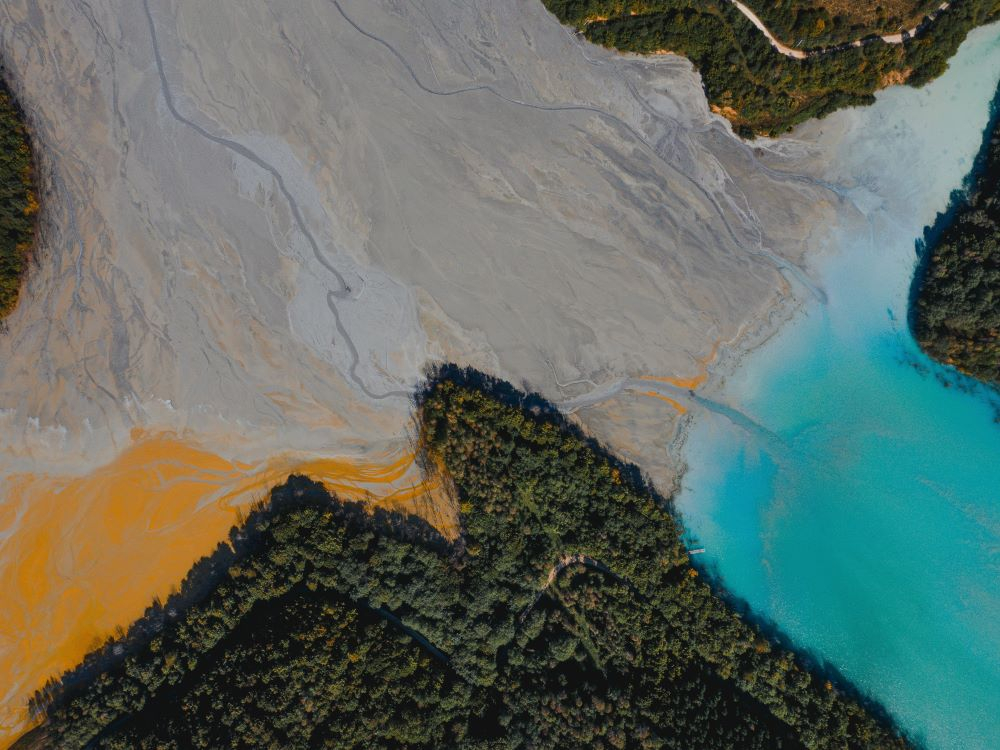Water and climate are closely intertwined. Failing to act on both fronts risks undermining EU's environmental sustainability. Just one day after the EU Court of Auditors special report on the use of public funds for adaptation, the European Environment Agency (EEA) reports delays in meeting targets for improving water health. The data are contained in Europe's state of water 2024: the need for improved water resilience', the most comprehensive assessment of the health of European water bodies.
“The health of European waters is not good. Our waters face an unprecedented set of challenges that threatens Europe's water security.” summarise EEA Executive Director Leena Ylä-Mononen. Only 37% of surface water bodies in Europe achieved “good” or “high” ecological status - a key measure of the health of aquatic ecosystems − as required by the EU Water Framework Directive. Besides, according to data provided by member states, only 29% achieved a “good” chemical status classification in the period 2015-2021.
Obstacles to European water resilience
According to the European Environment Agency, pollution, habitat degradation, climate change impacts, and excessive withdrawals are putting Europe's freshwaters under pressure “like never before”. One could say “the usual suspects”. However these aspects require ever more decisive action. “We need to redouble our efforts to restore the health of our valued rivers, lakes, coastal waters and other water bodies and to make sure this vital resource is resilient and secure for generations to come,’ Ylä-Mononen warned.
The EEA report represents the most comprehensive assessment ever undertaken of the health of European water bodies. It involves more than 120,000 surface water bodies and 3.8 million km² of groundwater across the EU and Norway. Based on data provided by 19 member states, the report covers 85% of surface water bodies and 87% of groundwater areas in the EU-27. According to an EEA statement, it anticipates the European Commission's forthcoming assessment of the third river basin management plan and the second flood risk management plan. These will examine the implementation of the Water Framework Directive and the Floods Directive.
Why European water is not in good health
The report underlines that effective water management is essential to strengthen water resilience, alleviate pressures on water and ensure that European citizens, nature and industry have adequate access to good quality water. If management is the key word, agriculture is the prime suspect: the primary sector exerts the most significant pressure on surface and groundwater. According to the monitoring carried out by member states, “this stems from water use and pollution due to intensive use of nutrients and pesticides”.
Indeed, at the European level, agriculture is the largest net consumer of water. Most of the water extracted is consumed by crops or evaporated (59% of EU water consumption). Without action, it is likely that the demand from irrigated agriculture will increase due to climate change. The EEA report also shows that, despite some progress, European waters and aquatic ecosystems continue to be severely damaged by chemicals. This is mainly due to air pollution from coal-fired power generation and nutrient and pesticide pollution from agriculture. In particular, the failure to improve chemical conditions can be partly attributed to persistent pollutants such as mercury and brominated flame retardants. “If these long-lived pollutants were not considered, 80 per cent of surface waters would achieve good chemical status rather than 29 per cent.” Finally, habitat degradation is also widespread. Climate change is further complicating the protection of aquatic ecosystems because it is altering weather patterns and intensifying pressures on water resources and their management.
According to the EEA report, measures taken by member states prevented further deterioration of water status in the EU. They addressed some chemical pollution and improved the prospects for species such as mussels and crustaceans. However, no general improvements have been detected since the last monitoring. Groundwater is in better condition, with 77% in good chemical status and 91% in good quantitative status, but problems with pesticide and nutrient pollution persist. Groundwater is crucial for drinking water, the environment, agriculture and industry. The EU Water Framework Directive's deadline to achieve good status was 2015 and has been extended to 2027, but at the current rate it is unlikely to be met.
What remains to be done to improve water resilience
Europe's water resilience can be improved, says the European Environment Agency. Reducing water use and improving efficiency are key to addressing water stress in agriculture, industry and households. Setting targets and focusing on water saving or demand reduction could contribute to guide action and facilitate monitoring of progress towards water resilience. The same is true for pollution, which can be prevented in line with the objectives of the EU Zero Pollution Action Plan.
In the short term, it is necessary to reduce the use and avoid the release of harmful substances and nutrients into the water. In the long term, river reconnection, restoration of their floodplains, as well as the restoration of wetlands and peatlands − as set out in the Nature Restoration Law − can lead to healthier and biodiversity-rich freshwater ecosystems. These can provide good quality water while storing carbon and mitigating the impact of extreme weather events.
This article is also available in Italian / Questo articolo è disponibile anche in italiano
Image: Geamăna, Romania, Jaanus Jagomagi, Unsplash



